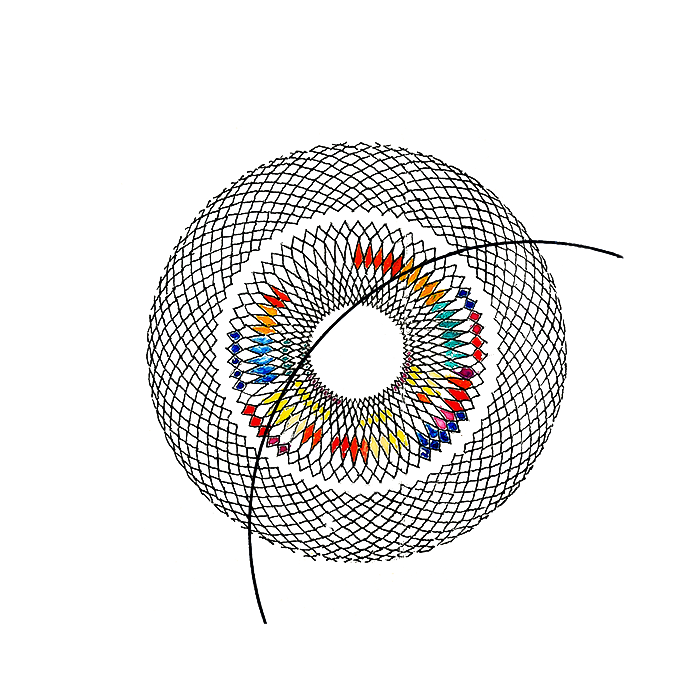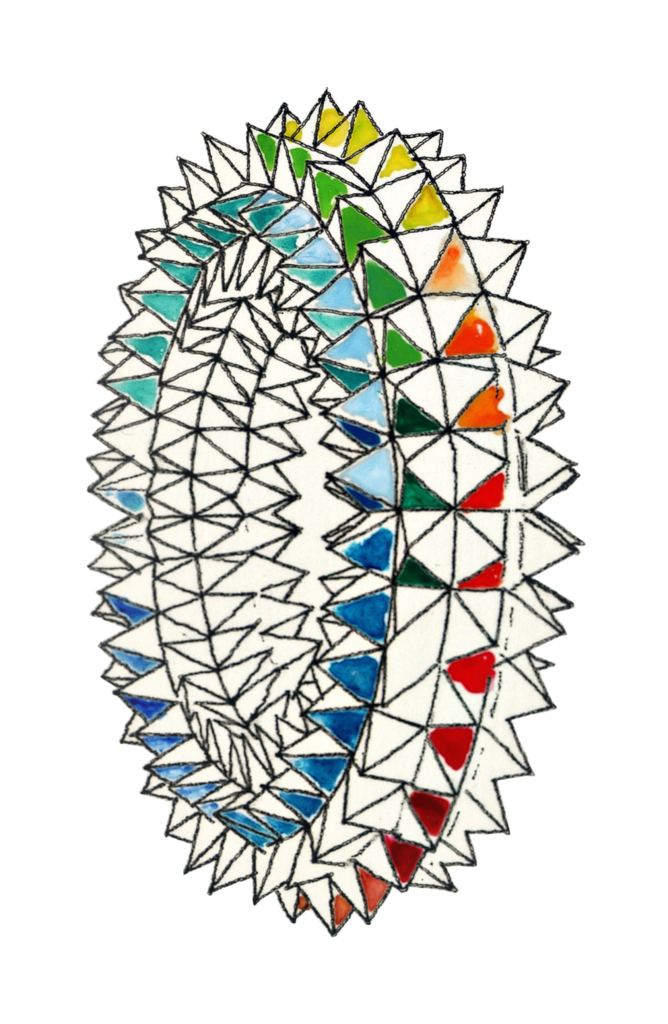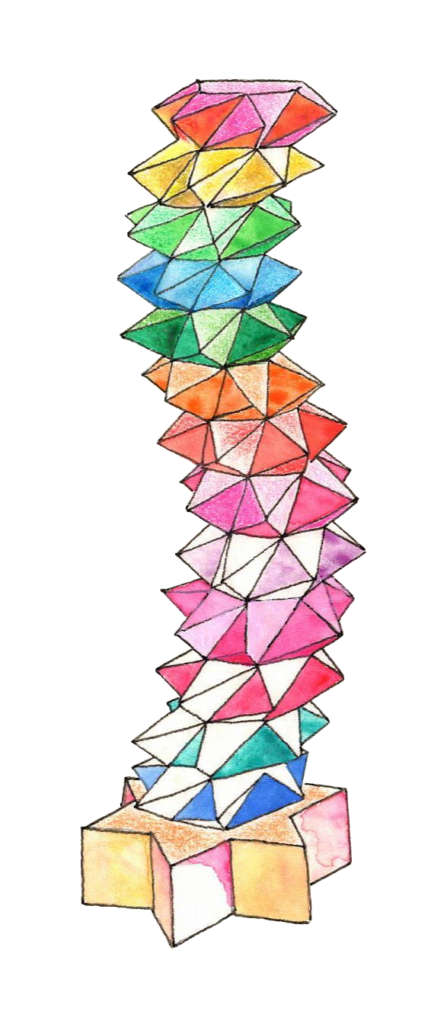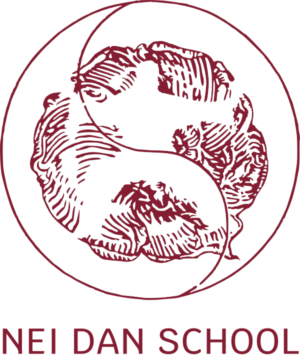Paradigms
How are we to achieve a leap in awareness towards a new process of self-development? Here you will find an outline of the practises which make this journey an essential part of daily life.
heartland Lab will support you in your pursuit of a journey to greater awareness which stems from the brain and is guided by the heart—a new model based on precise methods with their roots in the Oriental traditions of the past and their branches stretching out into the contemporary Western science of the future.
Below you will be able to study the Ten Principles of the Heart in relation to the Ten Principles of the Mind and seek understanding of the Ten Principles of the Body as they relate to the Then Principles of Vital Energy.
Once you have explored these ideas, heartland Lab will introduce you to the heart-brain axis model—understood long ago by the ancient world to be the connection between the heart and the mind—which the workshop will help you to reactivate in the fresh light of recent scientific discoveries.


The Ten Principles of the Heart
- The heart is the place in which vital energy is transformed into spiritual energy, dissolving tension and blocks, activating powers and physical and mental energies.
- Learning the inner language of the heart is essential to deciphering and interpreting the messages which arise from our deepest inner states.
- Learning the language of the heart allows us to feel comfortable in our skin and avoid the paradoxical situations at the root of seemingly irresolvable problems, instilling a sense of calm, serenity and courage.
- The Masterful Way of the Heart is the evolution of vital and ancestral principles which we share with all living things, with nature and fundamental energies. It rests on the twin pillars of the intuitiveness of the heart and the rationality of the brain.
- To follow the Way of the Heart is to establish a self-dialogue to understand and gain harmonious control of our feelings, emotions and moods.
- To follow the Way of the Heart is to end the conflict between what the mind wants and the heart desires.
- To nourish the heart is to set its beat to the perfect rhythm, thus shielding the flow of our thoughts from the chaos and confusion which cloud its power.
- To train the heart is to transform the energy of the vital pulse, aligning our intentions with the survival instincts of fight or flight by which human beings are marked.
- To nourish the heart is to create a functioning interactive harmony between intelligence, emotions and impulses, in which thought is rooted in action and the raw instinct of the animal blends with the rationality of the mind.
- When the heart is in close interaction with the mind, we achieve a state of balance and serenity, flexibility and strength, coordination and harmony.
The Ten Principles of the Mind
- The world and the mind reflect one another like a pair of mirrors and every human being generates their own universe. To follow the Way of the Mind is to activate new ways of thinking which are not tied to language, opening ourselves up to new dimensions of being.
- To transform the language of the mind is to achieve a healthy vision of ourselves and reality by stemming the flow of incessant and disordered thoughts, blocking deep inner noise and creating mental space.
- To enable a process of inner sensory harmonisation, it is necessary to switch from a conceptual manner of thinking, composed almost exclusively of words, to a visual one, made up of images.
- To transform the mind is to align harmoniously the instincts, emotions and reason.
- To recreate the mind is to confer a central role on the awareness of doing (movement), on the power of the word (sound) and on the power of the imagination (light).
- Activating inner vision allows the mind to observe itself, so that it can transform awareness of doing into awareness of being.
- We are not merely thinkers, but something far greater: our conceptual thinking is physically manifested in our bodies and minds. For true inner growth, we must approach the issue from the perspective of our mental software (our internal management programmes) and of our neural hardware (the brain).
- Our minds interact with the environment, continually modifying its structure.
- The human mind does not transcend the body, but is structurally modulated by our physical dimension and bodily experience. Movement plays an essential role in the formation of the mind: it is through movement that we not only interact with our surroundings, but become conscious of our bodies.
- When the mind is reflected in the body, it unfurls its full imaginative and transformative potential and every gesture acquires awareness.


The Ten Principles of the Body
- As opposed to having a body, we are the body: the conscious body is our own being in a state of continual flux, which bears witness to life, which tells us that the material world is in no way removed from the spiritual world and that the spiritual cannot be separated from the material.
- The body is a process in continual transformation connected to the heart, the spirit and the life breath, which manifests both as an organic structure and an energy matrix.
- The body acts as the centre of our spatial and temporal coordinates, not only to orient us and move us through space, but also to allow us to perceive the relationships between objects and to grasp the nexuses of cause and effect which, linking sensations to actions, form the flow of our thoughts.
- The journey within ourselves is not merely a voyage of discovery and exploration of a preexisting and unknown territory, but a voyage of creation/construction.
- To move through and operate in the world, we create a type of interior map based on language, which informs and guides our choices and allows us to construct detailed representations of ourselves and the reality enveloping us. This predominant form of communication is also the greatest check to a full understanding of reality.
- The body is the theatre in which our metamorphoses are acted out, the laboratory in which our experiments in energy are conducted, the site on which we construct our world and also the quarry which provides the raw materials for our work.
- The conscious body transforms the senses from simple physical organs to windows on the spirit, opening onto both the external and internal worlds so as to decode the messages from thus emanating.
- The movements of the body are in subtle relationship to language and thought.
- The structures of the body and the brain determine the concepts we can formulate and the arguments we can construct.
- To nurture the body is to transform the body-organic which consumes life into the body-hermetic which nourishes life, transforming the will to do into consciousness of being, empowering the body so that the soul may act directly on the world.
The Ten Principles of Vital Energy
- In order to comprehend the profound changes we are undergoing, it is necessary to fuse the view of the human being typical of Oriental culture with that of Western thought.
- In traditional Chinese culture, the ties between vital energy and our being shed light on the long path to unknotting the multidimensional relationships between the material and the spiritual, body and mind, heart and brain, and the fields of energy and the body, mind and the emotions.
- To achieve a leap in awareness towards a new process of self-development, it is necessary to pass from “knowing ourselves” in order to live to “nourishing our vital essence” in order to reach a full understanding of human nature.
- Understanding springs not from knowledge which is exclusively mental, intellectual and abstract, but from that of a different kind—direct and immediate, born of all bodily and mental experience, active in our whole being.
- The reality of the body as a process can be understood only in tandem with an understanding of the energy network of life.
- Nourishing life is the essential factor in overcoming the opposition between the somatic and the psychic, between the material and the spiritual, between individual and universal consciousness, and so arriving at a unified vision of humanity.
- The first act of nourishing life returns us to our essential nature, that of a unified process of a higher order which unfolds for the enrichment of the spirit. Only through this can we comprehend the flow of life, vital energy and the delicate network which connects all things.
- The somatic and the psychic are joined in a unified process of a higher order, the spiritual and the material reflect one another, individual and universal consciousness become a single flow of energy, one river through which our sense of life rushes.
- This new model invites us to come to a knowledge of our nourishing soul and to focus on our ability to conserve and make use of the vital power we possess, without which all other types of knowledge are as vain as they are illusory.
- To cultivate vital energy in line with this vision, we must combine contemporary scientific discoveries with ancient wisdom born of experience so that they may have a real impact on our lives.


The Ten Principles of the Heart-Brain Axis
- For a long time, the heart has been seen “simply” as a mechanical pump which ensures the flow of blood around the circulatory system. Modern advances in molecular biology, functional genomics and nanobiotechnology are providing growing evidence in favour of the existence of a “heart-mind” connection established in the early phases of embryonic development. This leads on to the idea of a heart-brain axis, long identified by various Oriental cultures as essential to setting and maintaining our equilibrium.
- The heart sends the brain far more information than it receives in turn. The presence of a heart-brain axis controlling many cerebral functions and aspects of the cognitive sphere is today an established truth under continual study for its inherent benefits to health and well-being. Any disruption of this axis causes severe physical and psychological imbalances which may have a negative influence on the way many organs and systems function.
- Every individual is a small part of Nature. We live within a multitude of impulses and physical fields, both magnetic and gravitational. The human body is continually subject to a great number of cosmic particles and energy waves, electrically charged or devoid of energy.
- All our cells, including stem cells, not only respond to but also produce physical energy, continually generating and exchanging mechanical vibrations, both acoustic and subsonic, as well as electromagnetic and light radiation.
- Exposing human stem cells to electromagnetic fields and acoustic vibrations can differentiate these cells into cardiac, neural, musculoskeletal and vascular forms. This same technique is capable of reversing the ageing process of our stem cells—a “time machine” able to reset these cells to “time zero”, a primary state in which any transformation is still possible.
- The majority of the body is regenerated roughly every three months. Stem cells are present in all tissues and are responsible for their continual “renovation”. Our bodies possess innate powers of regeneration and we have a natural inclination towards self-healing.
- By taking advantage of the receptiveness of our biology and physical energies, we are able to take unprecedented steps towards the recovery of our well-being and health.
- In every life form, as in the universe in its entirety, everything is in movement, in vibration. Our lives contain an apparent infinity of rhythms, from vibrations detectable at atomic and molecular levels to the frequencies at which biochemical reactions unfold.
- Thanks to the diffusive power of sound and electromagnetic vibrations, we will very soon be able to use these energies to target the sites of the stem cells present in every tissue of the human body.
- In ancient civilisations, the connection between heart and mind was used to trigger the shift in consciousness required to reach a higher state of awareness. In the light of recent advances, we must reactivate the heart-brain axis which for most people today is a subjective “feeling”without practical application, but which should once again become part of our daily lives.
